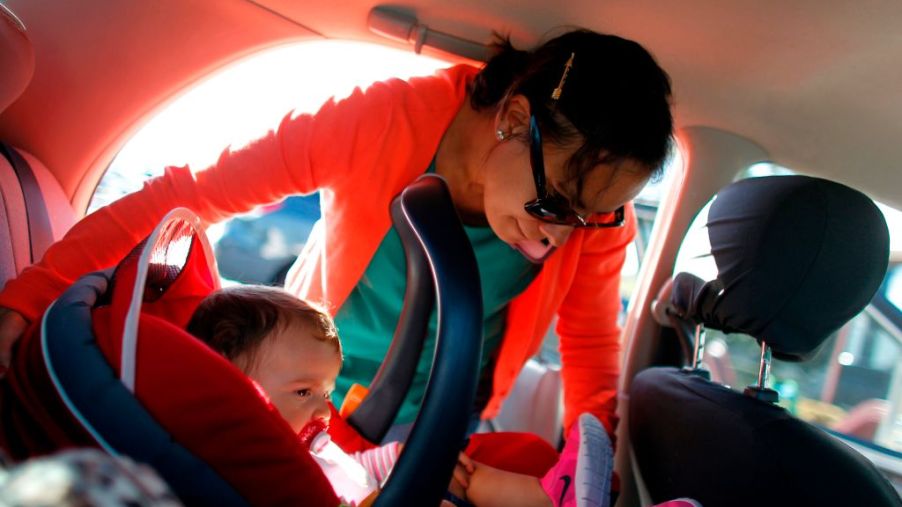
Car Seat Upgrades: How to Know It’s Time to Buy a New Car Seat
For many parents, child car seats seem expensive. The average cost of a new convertible seat costs around $175. This makes progressing through the stages of your child’s car seat start to look like a big cash outlay, especially when you’re not sure when to upgrade.
The determining factor for upgrading a car seat should be your child’s safety, says Emily A. Thomas of Consumer Reports. To lower the cost of buying a car seat, stores like Target and Walmart hold trade-in events where you can bring in your old one to exchange for a discount or gift card toward a new car seat. If you don’t live near one of these stores, check with local stores to find out if they honor a similar trade-in deal.
Even if your budget is tight, Consumer Reports warns against buying a used car seat. You can never be entirely sure whether the car seat was in a crash, recalled, or past its expiration date. If you don’t have this knowledge, your child’s safety could be at risk. Consumer Reports offers the following guidelines to help you decide the best time to change your child’s car seat.
Your child is too tall for an infant seat
Although many rear-facing infant seats have a weight limit of 30 pounds, very few of them have height limits. There’s a good chance your child will outgrow the seat in height well before they exceed the weight limit. Has your child grown too tall for the infant seat? Then it’s time to upgrade to a convertible seat that can face either the front or back of your car and continue to have your child face the rear.
Your child turns one
Consumer Reports advises upgrading from a rear-facing infant seat to a rear-facing convertible seat around a child’s first birthday. The convertible seat offers better head protection in case of a crash. CR also recommends you keep your child rear-facing until they turn two.
The American Academy of Pediatrics takes this further, advising that kids remain rear-facing as long as possible until they reach the maximum weight and height permitted by the car seat manufacturer. This means some children will be in a rear-facing seat past the age of two. The National Highway Traffic Safety Administration (NHTSA) makes similar suggestions. In California, New Jersey, and Oklahoma, new laws are in place to this effect.
Your child’s car seat has expired
It may surprise you that car seats have expiration dates. Some parents may not know that car seats shouldn’t be used beyond these dates. If you have several children and you use the same car seat for each one over many years, it may exceed its expiration date and be too old to use.
The car seat manufacturer assigns an expiration date to ensure important parts of the seat haven’t gotten too worn out. Also, the manufacturer wants to guarantee that the seat meets the most current safety standards, which are constantly being updated. To find the expiration date of your child’s car seat, check the owner’s manual or label on the seat bottom. Usually, the life span for a car seat is about six years.
Your child’s car seat has been in a crash
If you’ve had a minor car accident, you can probably use your child’s car seat afterward. But NHTSA recommends you replace the car seat in a moderate to severe crash where any of the following occurred:
- The collision resulted in injuries.
- Your vehicle had to be towed.
- The vehicle’s airbags were deployed.
- The vehicle door nearest the car seat was damaged.
- The child car seat was damaged.
Your child has outgrown their current car-seat stage
It may be a good time to trade up to the next car-seat stage when your child has almost outgrown their car seat, especially if you’ve found a trade-in event nearby. The savings are tempting, but it’s a good idea to take your time with the process.
Outside of upgrading from a rear-facing infant seat to a rear-facing convertible seat, other transitions may not be as safe for a child. Consumer Reports reports that a forward-facing seat is not quite as safe as a rear-facing seat. A forward-facing seat is safer than the next stage, the booster seat. As always, your child’s safety should come first as you make the decision to upgrade to a new car seat.


